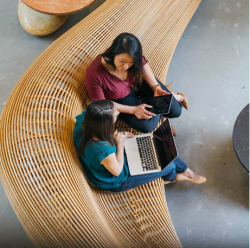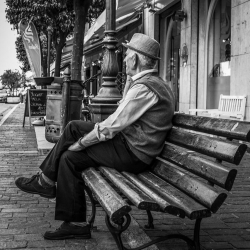December 8, 2023
Ding! Dong! IN Magazine Issue 18 is available now for you
 Well Christmas may get earlier every year, but the digital version of issue 18 of IN Magazine is right on time to deliver all your festive workplace thinking. In this issue: why the world’s biggest tech firms may no longer offer the best blueprint for working culture; Nigel Oseland doesn’t like Half Man Half Biscuit for some reason but does have a lot of great things to say about evaluating offices; you can’t just copy the design of an office you like and expect it to work the same; nothing about working life attracts more moans than noisy colleagues, so we look at one or two things you can do about it; why sometimes you have to turn your back on rationality; Kay Sargent and Jennifer Bryan urge you to change your habits; how to make the most of each day; and the brakes the UK is applying to its own aim of becoming a science and tech superpower. And of course much more. More →
Well Christmas may get earlier every year, but the digital version of issue 18 of IN Magazine is right on time to deliver all your festive workplace thinking. In this issue: why the world’s biggest tech firms may no longer offer the best blueprint for working culture; Nigel Oseland doesn’t like Half Man Half Biscuit for some reason but does have a lot of great things to say about evaluating offices; you can’t just copy the design of an office you like and expect it to work the same; nothing about working life attracts more moans than noisy colleagues, so we look at one or two things you can do about it; why sometimes you have to turn your back on rationality; Kay Sargent and Jennifer Bryan urge you to change your habits; how to make the most of each day; and the brakes the UK is applying to its own aim of becoming a science and tech superpower. And of course much more. More →






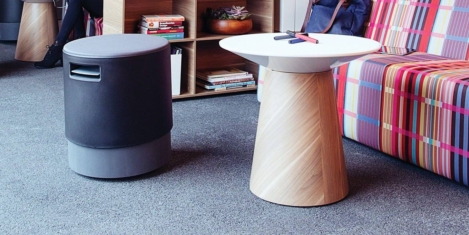
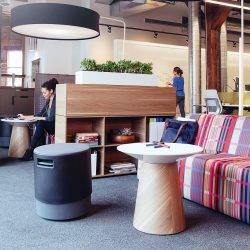
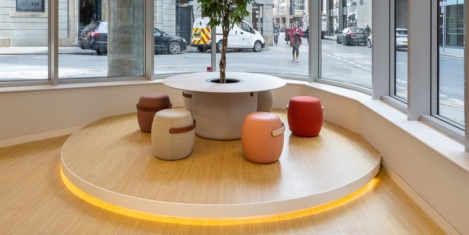
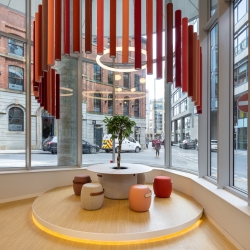 Way before the lockdown rewired the whole events scene in cities around the world, I was given a task by an old, now departed, friend. He wanted to explore the possibility of creating something like Clerkenwell Design Week in Manchester. The obvious problem was that, for some of its historic parallels, Manchester isn’t Clerkenwell and it certainly isn’t London. What it particularly lacked for this type of event was a hothouse of office design showrooms sharing space with a youthful community of architects and designers. The ecosystem for such an event didn’t really exist in the same way.
Way before the lockdown rewired the whole events scene in cities around the world, I was given a task by an old, now departed, friend. He wanted to explore the possibility of creating something like Clerkenwell Design Week in Manchester. The obvious problem was that, for some of its historic parallels, Manchester isn’t Clerkenwell and it certainly isn’t London. What it particularly lacked for this type of event was a hothouse of office design showrooms sharing space with a youthful community of architects and designers. The ecosystem for such an event didn’t really exist in the same way. 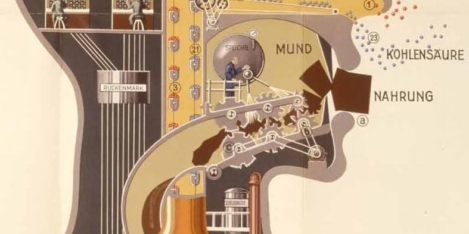
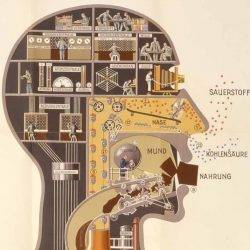
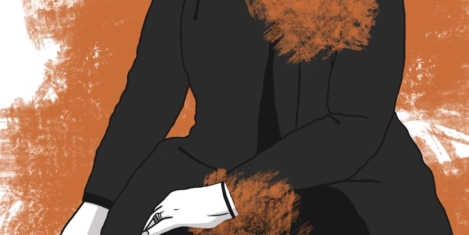

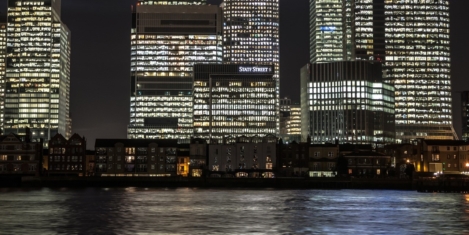
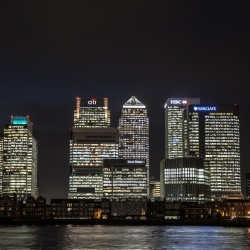
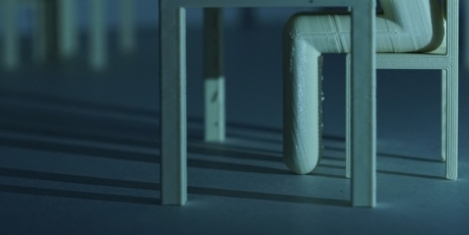
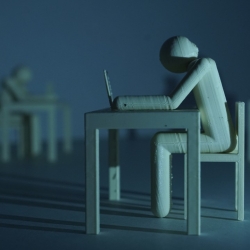
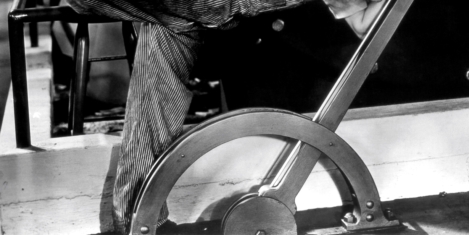
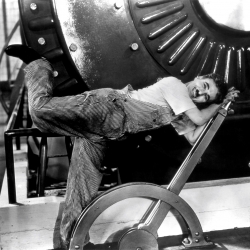

 In 2013, two Australian academics set out to discover the answer to a deceptively simple question. Why is there such a thing as colour psychology, but not shape, line or texture psychology? The answers they come up with are complex, arcane and wide-ranging but they manage to sum them up to some extent in the conclusion to
In 2013, two Australian academics set out to discover the answer to a deceptively simple question. Why is there such a thing as colour psychology, but not shape, line or texture psychology? The answers they come up with are complex, arcane and wide-ranging but they manage to sum them up to some extent in the conclusion to 
